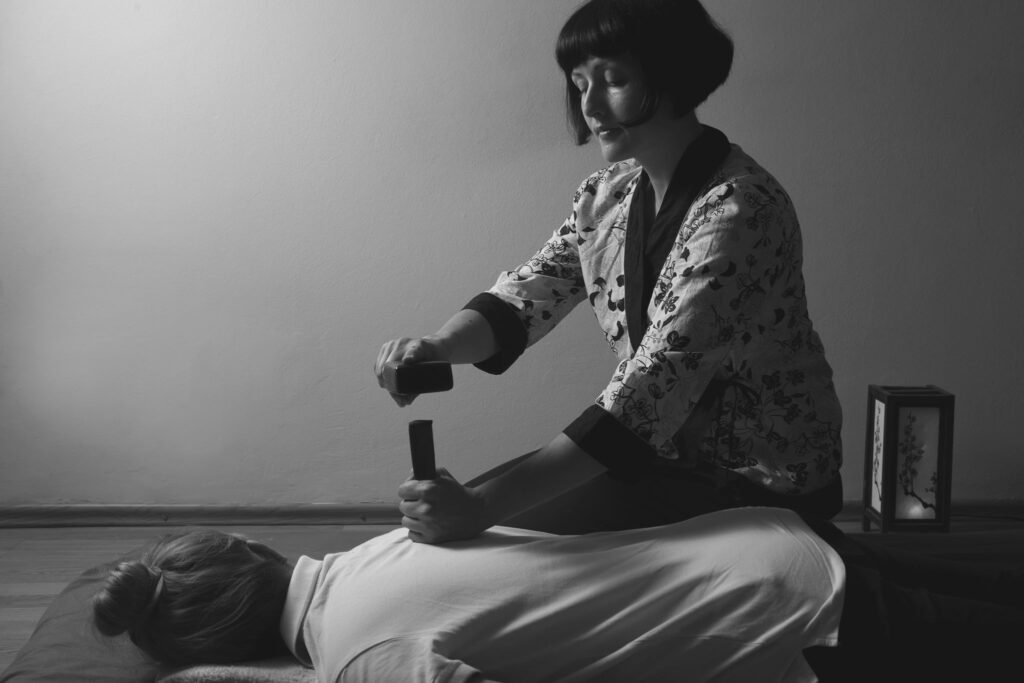Ruesri Dat Ton (Hermit’s self-stretching), is generically referred to as Thai Yoga. It is a form of movement-meditation and an energizing individual practice. It nurtures our tissue with oxygen, stimulates internal organs, tonifies muscles, readjusts our posture, relaxes and calms us, elevates our mood and helps us approach life with more enthusiasm and optimism.
Practicing of Thai Yoga has benefits for the entire physical body but also for mental and emotional health. Activating the physical body brings our attention towards the center of our ‘Being’, helping us to get to know ourselves better as we explore our emotions, detaching from thoughts and mental ‘noise’. It helps us make better friends with our true nature.
The general health benefits of this practice (as agreed by the Thai Ministry of Public Health) are:
- Improves breathing patterns and accelerates blood flow
- Enhances joint mobility and muscle flexibility
- Lifts the mood, improves cognitive functions and concentration
- Relaxes the nervous system, reducing the effects of stress and anxiety
- Optimises the function of internal organs and regulates the synergetic physiological systems
- Slows down aging and tissue deterioration bringing oxygen to the cells and promotes longevity.
This system of isometric physical exercises engages the body as we synchronise the movements with a specific pattern of breathing:
- Breathing in slowly and completely we move the body in order to reach a certain position as demonstrated by the teacher. We engage specific body parts and tense certain muscle groups.
- We hold the breath for 3 seconds, keeping the tension and performing a neuromuscular lock of the lower abdominal muscles.
- Breathing out slowly and completely we reverse the movement reaching the initial position and relax the body completely.
Each exercise is performed several times (at least 3), depending on the aim of the practice. There are floor and standing exercises for the entire body and no equipment is required. Depending on the lineage the instructor is following, the practice can include: breathing exercises, dynamic and static positions, self-massage and acupressure techniques, visualization, and transcendental meditation using mantras.

